The cultivation process of golden kiwi as a commercial enterprise is an emerging industry that is just being started in India and a few different regions for sale.
As a consequence of this, you have the potential to make use of this opportunity. The Kiwi fruit, which is often referred to as the Chinese gooseberry, is native to China.
This diminutive fruit, which is both sweet and sour, possesses an abundance of beneficial nutrients and, as a result, provides a wide range of health advantages. In India, Kiwi is predominantly grown in Jammu Kashmir, Himachal Pradesh, Sikkim, Meghalaya, Arunachal Pradesh, Uttar Pradesh, and Kerala.

Environments that are warm and damp are ideal for the cultivation of kiwi fruit. Growing kiwis requires soil that is rich in nutrients, has good drainage, and is a deep yellow-brown loam texture.
Once cropping has begun, it is imperative that the levels of nitrogen (200 kg/ha), potassium (150 kg/ha), and phosphorus (55 kg/ha) be checked on a consistent basis. It is essential, however, to provide protection from the wind for the kiwi plant because the wind can cause damage to the plant, its delicate blossoms, and its immature fruits.
Land that slopes steeply can be broken up into terraces in order to cultivate kiwi. To ensure that the plants are exposed to the maximum amount of light, the rows should be arranged in a north-south direction.
It is recommended that pitting and manuring be finished by the end of December because January is the ideal month for a kiwi plantation.
The propagation of kiwi plants can be done through seed, seedlings, or grafting. And the month of January is traditionally reserved for the planting process. The framework of an arbor or pergola system is used for the plantation, and the rows are spaced 6 meters apart. In addition, in order to ensure successful plant reproduction, the ratio of male to female plants is kept at 1:5.
Protecting kiwi vines from the cold is essential throughout the spring and fall seasons when they are most susceptible to frost damage. Protecting kiwi vines from predators may require the use of wind machines and water sprinklers.
For kiwi to develop properly, an annual application of 20 kilograms of farmyard manure and 0.5 kilograms of an NPK mixture that contains 15% nitrogen is required. After five years, continue to apply the same quantity of farmyard manure and NPK that was mentioned earlier: 850-900 g of nitrogen, 500-600 g of phosphorus, and 800-900 g of potassium each year.

As kiwi vines continue to develop in vast quantities, they eventually become burdened with fruit and require pruning. The vine should be pruned as soon as it is planted in order to ensure proper growth.
In the first year, rather than concentrating on how to properly dice a kiwi, the primary focus should be on unimpeded expansion and the establishment of a solid foundation. Maintain vertical growth of the vine by securing it in a loose knot around the pole. There should not be any wrapping of the vines around the pole. Up to the point that the vine reaches the top of the pole, all of the side branches should be lopped off.
Remove the top half of the vine, and then coax side shoots to grow laterally along the wires that support the framework. When it comes to pruning, winter is the ideal time. If the vine does not produce strong side branches at the top, cut the main branch back by about 2 feet. The following year, attempt to grow the vine and ensure that it forms healthy side branches at the top.
When the fruit is in the beginning stages of its development—between the months of September and October—it is important to irrigate the plant. There is a correlation between regular irrigation at intervals of 10–15 days and the healthy growth of plants and fruits.
After 4-5 years, kiwi plants will begin to develop fruit, but it will take another 6-7 years before commercial production can commence. Fruits have a greater chance of ripening successfully at lower altitudes due to the lower average temperature than they do at higher elevations.

The fruits that have reached their full size are picked first, while those that are still developing are given further time to do so. After being wrapped in a coarse fabric and transported to the market, the hard fruits eventually grow pliable and can be consumed in a matter of days to a couple of weeks.
The month of January is traditionally the time when kiwi seeds are planted. It is important that the plants be planted at the same depth at which they were growing at the nursery before they are transplanted.
Around the base of the plant, the earth must to be packed down tightly. In order to foster robust growth, the plants are severely cut down to a height of approximately 30 cm.
Kiwi The planting distance should be adjusted differently for each variety and training method. When it comes to planting, the T-bar and pergola system is most commonly used.
In a T-bar system, the typical distance between rows is four meters, and the distance between plants is five to six meters; however, in a pergola system, the distance between rows should be six meters at all times. To guarantee successful pollination, male plants of both sexes are planted throughout the orchard at a ratio of approximately 1:5 male to female plants.
The kiwifruit vines spend the winter without their leaves, in a dormant state, and are able to withstand temperatures as low as -10 degrees Celsius. However, plants are more susceptible to harm from frost during the spring and autumn months. If there is a chance of frost, farmers will safeguard their crop by using devices like water sprinklers and wind machines.
A dose of fertilizer consisting of 20 kilograms of farmyard manure (the basic dose), and 0.5 kilograms of urea. The use of an NPK combination that has 15% nitrogen in it is advised for annual application. After the age of five, an annual application of 850–900 g of nitrogen, 500–600 g of phosphorus, 800–900 g of potassium, and farmyard manure is recommended.

The growth of the shoots and roots suffers when there is not enough Cl in the soil, which is why kiwi needs a lot of it. In contrast, levels of B and Na that are too high can be detrimental.
The nitrogen fertilizer should be treated in two equal doses, with the first half to two-thirds being applied in January-February and the remaining portion being applied after fruit set in April-May. When fertilizer is applied to young vines, it is blended into the soil around the perimeter of the vine. When fertilizer is applied to adult vines, it is dispersed equally over the full surface of the soil.
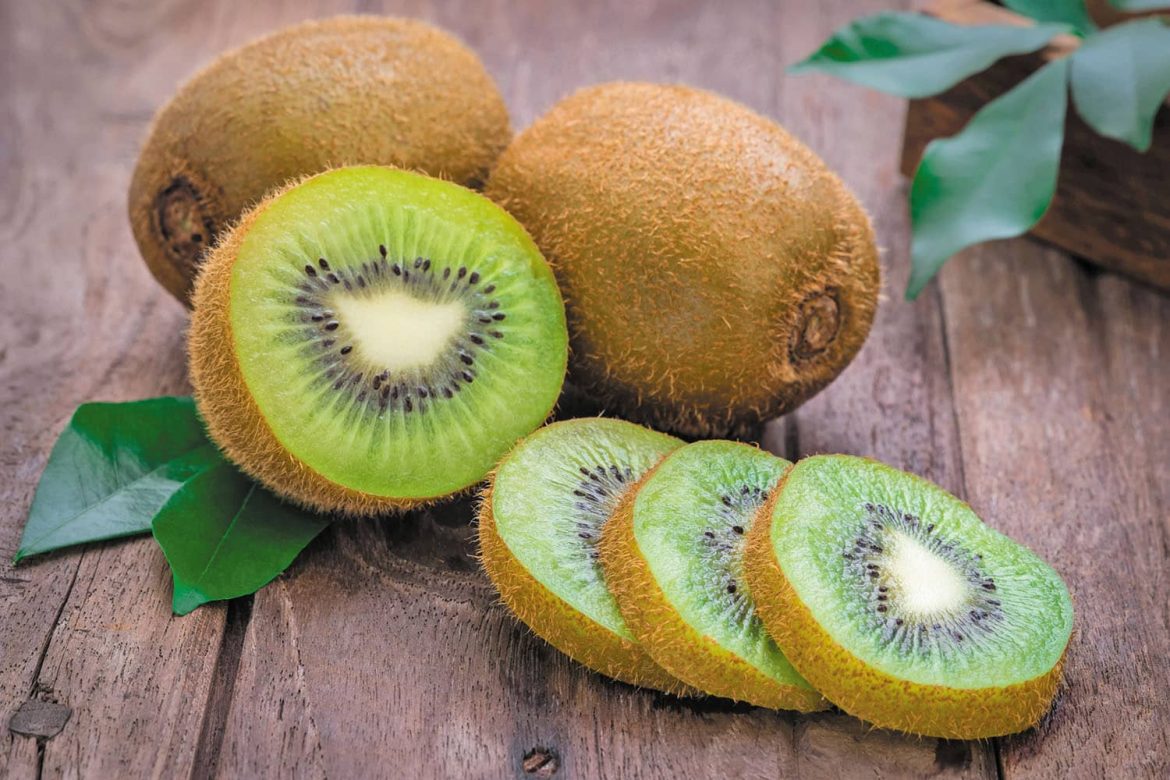
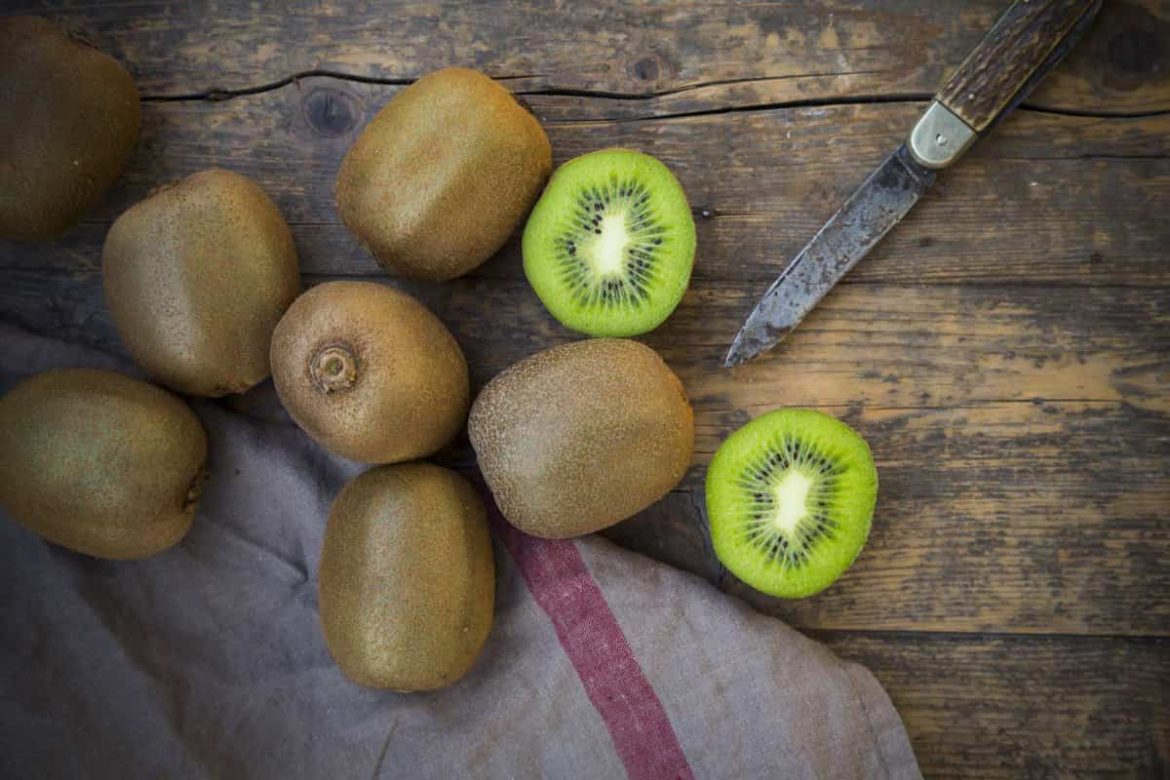
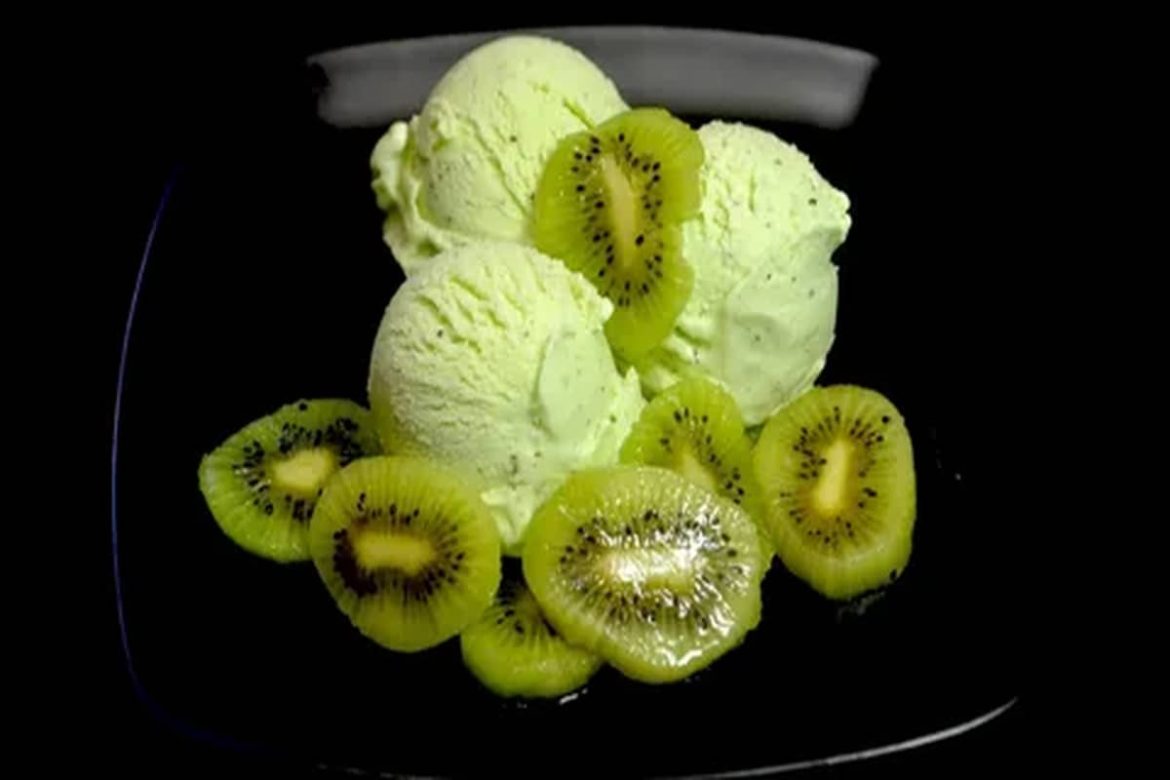

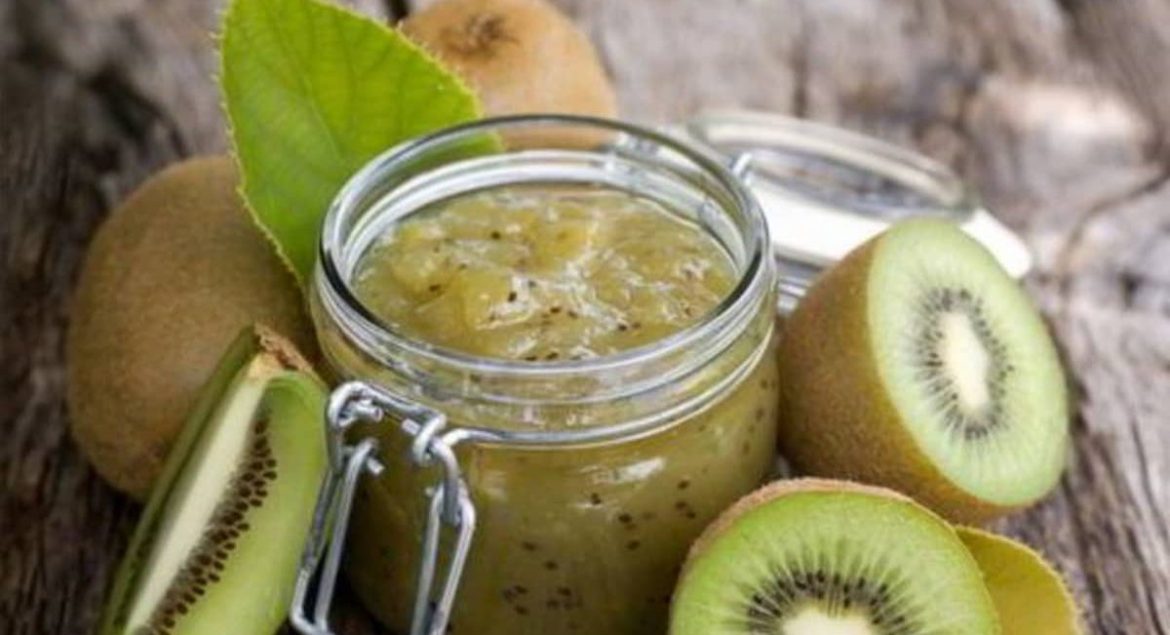
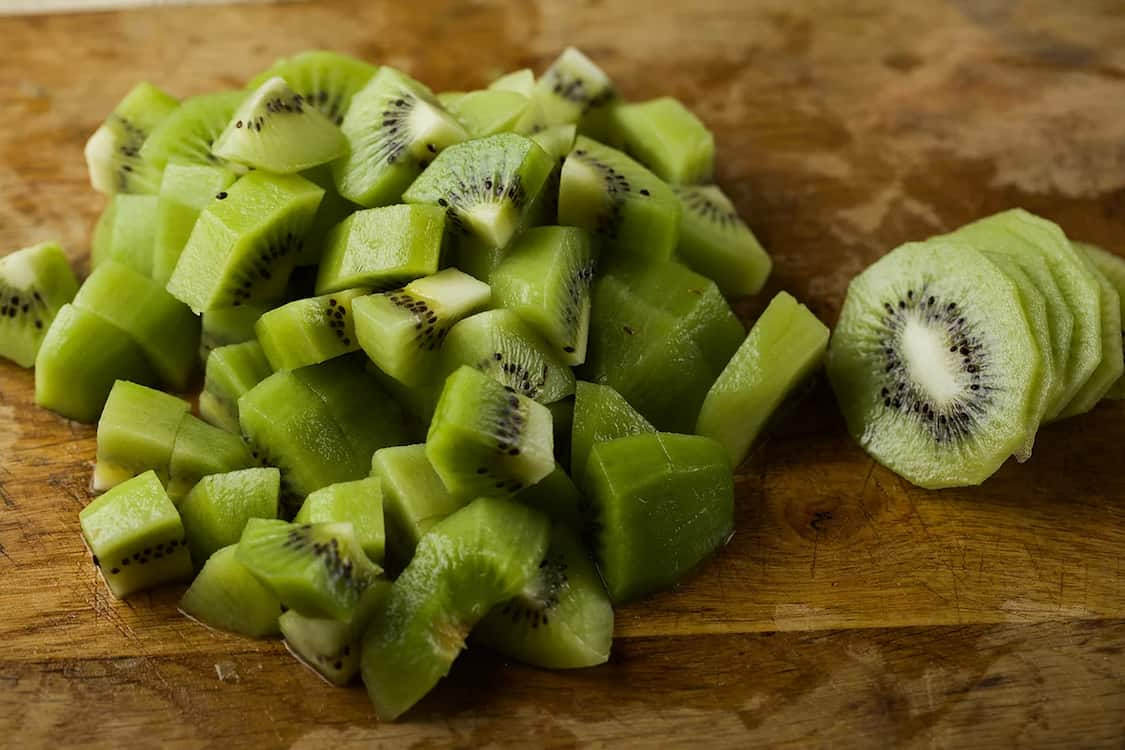
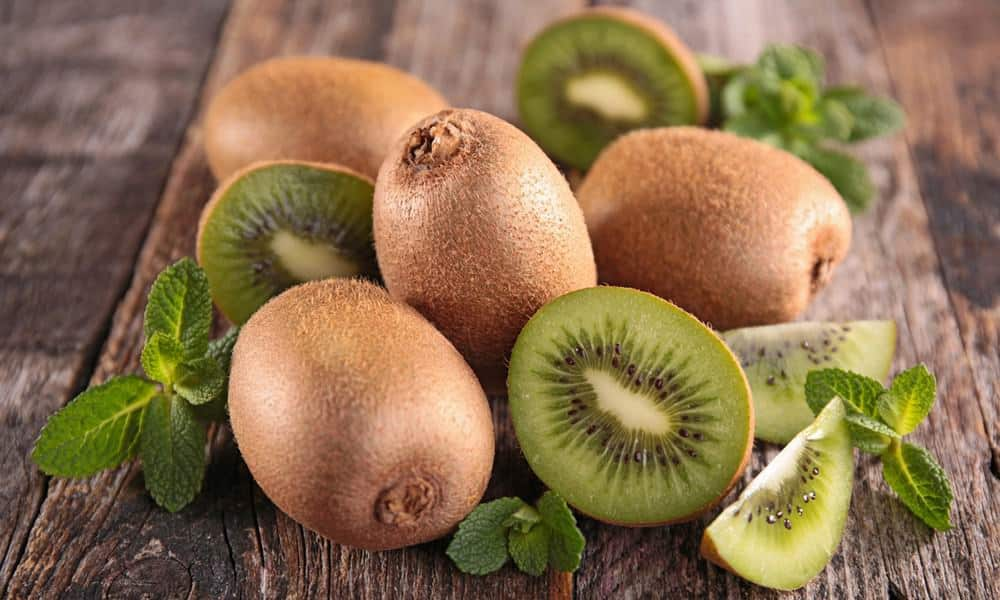



Your comment submitted.